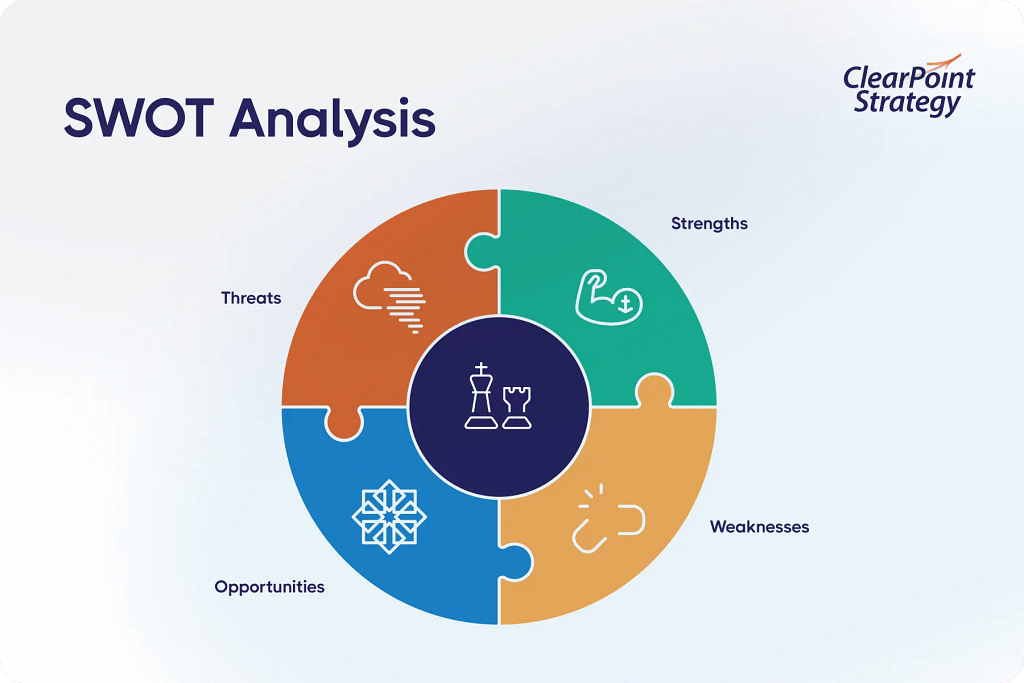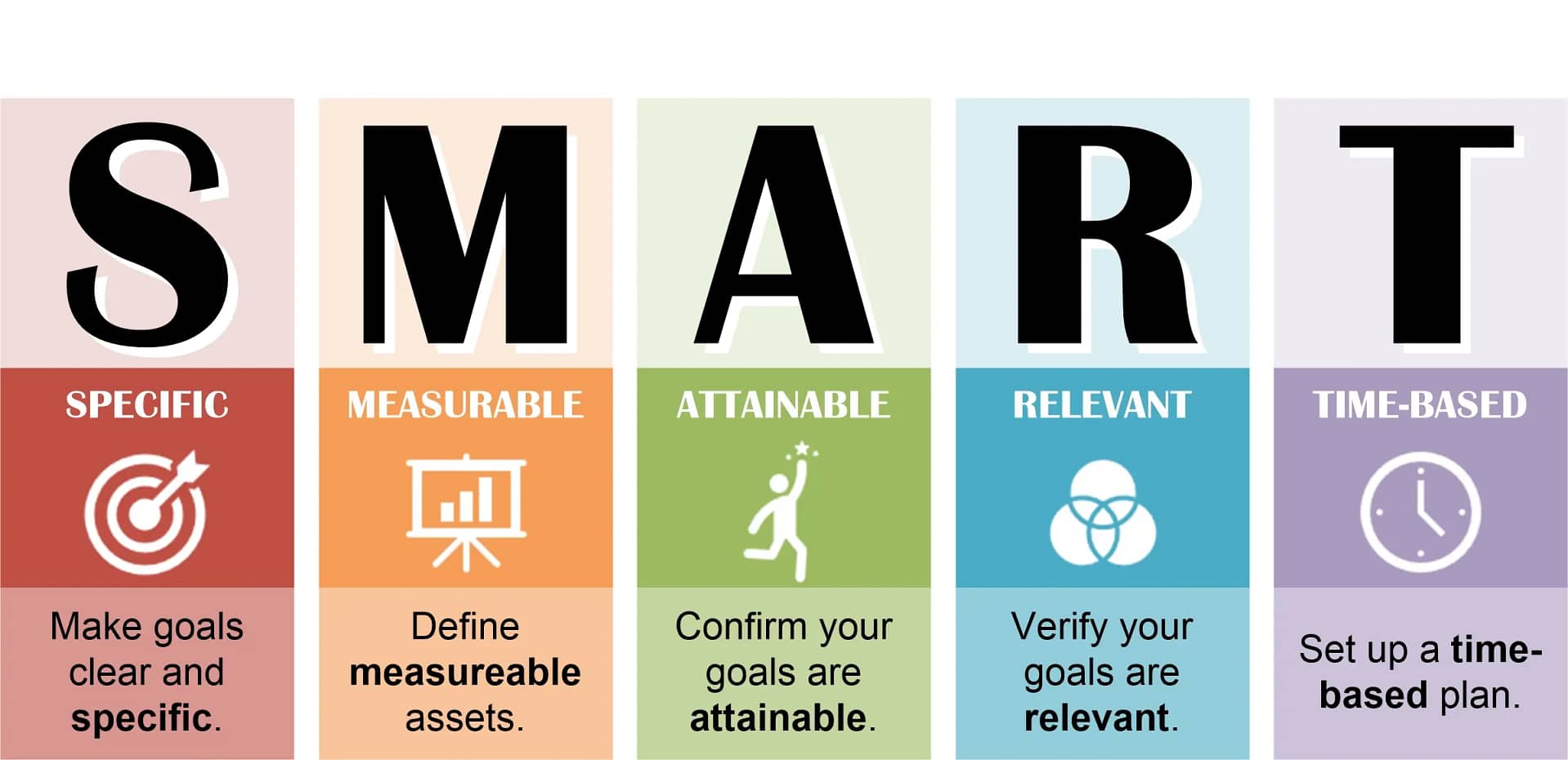In the modern, dynamic world of business, strategic planning is the bedrock of success. It provides an organization with a defined direction, maximizes its resources, and enables it to be successful in competitive markets.
However, without a sound strategy, organizations may easily get mired in stagnation, inefficiency, and missed opportunities.
This guide will discuss in detail the basic elements of strategic planning, the importance thereof, and how organizations can create and implement an effective strategy in easy steps.
What is Strategic Planning?
Strategic planning is a systematic method of setting priorities, strengthening operations, and helping employees and other stakeholders work with common goals in mind. Strategy formulation deals with both internal and external factors to achieve a roadmapping guide for business decisions and enterprise growth.
Such a process would not be permanent but requires timely monitoring and re-adjustments with the changing features of the markets.
The Importance of Strategic Planning
- Provides Clear Direction: A well-defined strategy aligns daily operations with long-term goals.
- Enhances Resource Utilization: Strategic allocation of financial, human, and technological resources optimizes efficiency.
- Improves Decision-Making: Helps businesses anticipate risks and seize opportunities.
- Boosts Competitive Advantage: Positions businesses to stay ahead of competitors.
- Encourages Organizational Alignment: Ensures all teams work towards a common vision.
Strategic Planning’s Key Elements
a. Vision and Mission Statements
The vision statement describes what a firm wants to become, whereas the mission statement expresses its reason for being along with the description of the guiding rules and values. These two statements are put together to form the guidelines for all strategic decisions.
b. Environmental Analysis
A proper analysis of the internal and external environments assists businesses in discovering opportunities and threats.
- SWOT Analysis: Lists Strengths, Weaknesses, Opportunities, and Threats.
- PESTLE Analysis: It evaluates Political, Economic, Social, Technological, Legal, and Environmental factors affecting the business.

c. Setting SMART Goals
Setting SMART (Specific, Measurable, Achievable, Relevant, and Time-bound) goals ensures that the objectives are well-defined and attainable for the organization.

d. Strategy Formulation
Strategy formulation as part of strategic planning involves developing approaches that will use the strengths, reduce weaknesses, exploit opportunities, and reduce threats identified during analysis.
Implementation and Execution
The strategy needs to be translated into action by:
- Detailed action plans with timescales.
- Explicit definition of responsibilities for teams.
- Adequate resource allocation.
e. Performance Measurement and Evaluation
Measuring progress is very important in ensuring that strategic plans are effective. To achieve this, businesses should establish Key Performance Indicators to track performance and make necessary adjustments when needed.
Steps in Strategic Planning
- Preparation
Gathering market research and industry data
Insights of key stakeholders into the company’s vision, mission, and long-term objectives - Analysis
Conduct SWOT and PESTLE analyses of internal and external factors.
Identify the strengths within the business, areas for improvement, potential risks, and areas of growth. - Strategy Development
Establish the competitive advantages and strategically position the organization.
Efficiently allocate resources to assist in achieving the strategic goals.
Contingency planning: mitigation of potential risk - Implementation
Breaking down the strategies into smaller, actionable steps with responsibilities for each.
Cascade the strategic plan to all relevant stakeholders, ensuring that teams have the resources and support to deliver on the plan. - Monitoring and Adaptation
Regularly track progress against set KPIs.
Adjust strategies according to performance data insights and shifts in market conditions.
Be flexible to change direction if needed.
Conclusion
It constitutes the very backbone of strategic enterprise growth. It gives a roadmap for success that helps organizations adapt, innovate, and stay competitive. With strategic planning, organizations set clear goals, analyze internal and external factors, and then implement structured action plans that help achieve long-term success.
If you’re looking to implement a solid strategic plan for your business, start today by evaluating your goals, analyzing market conditions, and setting a clear path forward. Strategic planning isn’t just a one-time process—it’s an ongoing commitment to growth and adaptation.



